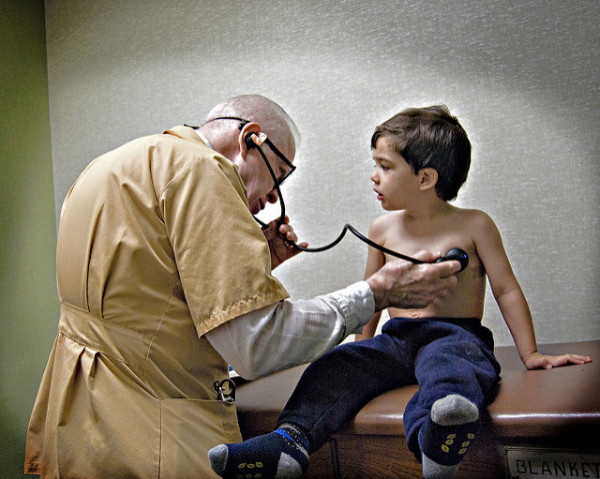For millions of people across the nation, Obamacare, officially known as the Affordable Care Act, signals considerable change in access to health services. Unlike what many might think, the biggest planned changes were not directed towards hospitals and private physicians, but rather at the community health centers that have long served as healthcare providers for the uninsured. With the advent of the ACA, community health centers stand to assume a crucial role in the path toward universal healthcare access. At the same time, they face challenges associated with changes in funding and the demographics of their patient population.
Before Obamacare, community health centers (CHCs) were considered “last resort providers” for low-income populations and the uninsured. The ACA changed that by allocating $11 billion to its Community Health Center Fund to support existing CHCs and expand the capacity of health centers’ primary and preventative healthcare services. In May 2015, the ACA gave an additional $101 million to new health centers.
Despite the financial support, CHCs continue to face difficulties since underinsured ACA enrollees may come in for treatment that insurance companies later refuse to pay for. Thus, CHCs are forced to write patients off as uncompensated care and take the loss. CHCs must also adjust to a changing population, as previously uninsured people may choose to seek healthcare elsewhere now that they have the means. On the flip side, there have also been questions of whether or not those with private insurance plans may seek health services at a CHC.
Image Source: J. Smith
Clearly, the transition of CHCs to a central part of the health safety net has yet to be achieved. In a survey of 28 Federally Qualified Health Centers (FQHC), 21% rated being “not ready” to adapt to the changing population that will seek out health services at health centers. Criteria for “readiness” included ability to serve as a medical home, use of health information technology, healthcare quality, and a network of care organizations. Even so, the ACA has allowed for the establishment of over 550 new health centers in the last four years, and the number will only grow. With sufficient planning, community health centers may see the results of their increased funding amid the changes wrought by Obamacare.
Featured Image Source: Laura Smith










